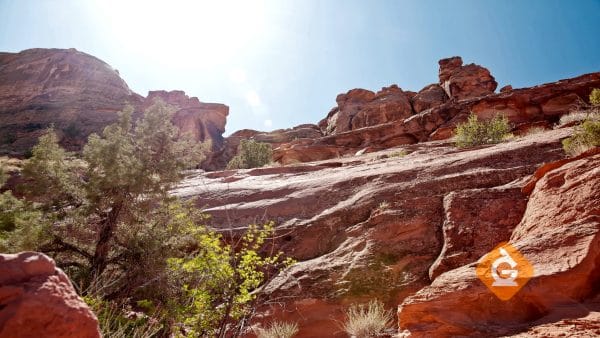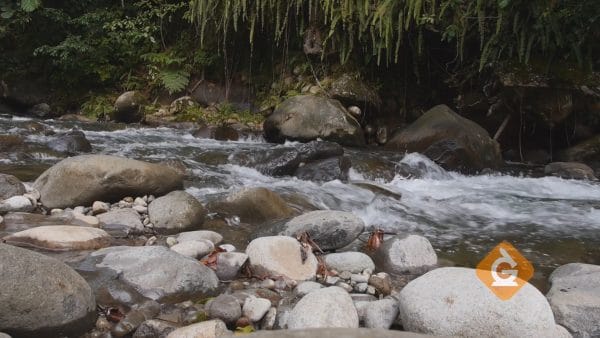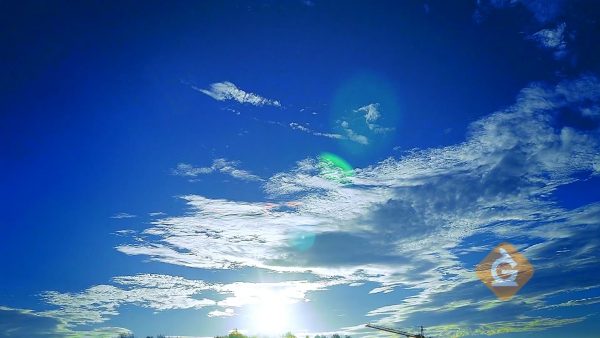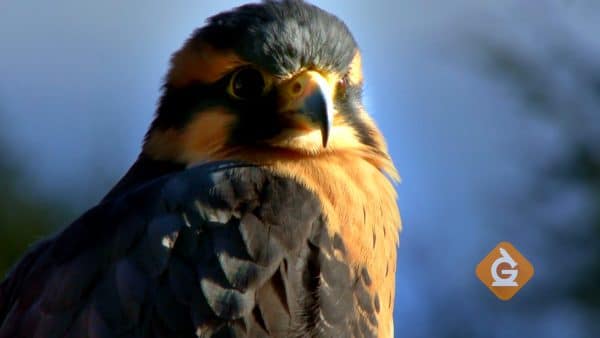Science Year 3
Last project!!
After all these days experimenting and studying from home I have to say that you all have done it very well.
Apparently, we are not going to see each other until next year, in year 4.
So I encourage all of you to do the last project about the Earth´s Spheres
Earth poem
As we are going to start a new unit, we need to study the poem
Copy in your science notebook and if you feel like studying, send me a video! So I can watch you.
Please send me a picture of your decorated and beautiful poem
Deadline: June 5th
Copy in your science notebook and if you feel like studying, send me a video! So I can watch you.
Please send me a picture of your decorated and beautiful poem
Deadline: June 5th
Earth´s spheres
The spheres are the four subsystems that make up the planet Earth.
They are called spheres because they are round, just like the Earth.
The four spheres are the geosphere (all the rock and land on Earth), hydrosphere (all the water on Earth), atmosphere (all the gases surrounding Earth), and biosphere (all the living things on Earth).
Earth’s land makes up the geosphere.

Geo means “earth.” The Earth’s geosphere is the portion of the earth that includes rocks and minerals.
We rely on the geosphere to provide natural resources and a place to grow food. Volcanos, mountain ranges, and deserts are all part of the geosphere.
Put simply, without the geosphere, there would be no Earth!
Earth’s water makes up the hydrosphere.

Hydro means “water.“ The hydrosphere includes the oceans, rivers, lakes, groundwater, and water frozen in glaciers. 97% of water on Earth is found in the oceans. Water is one of the most important substances needed for life and makes up about 90% of living things.
Without water, life would not be possible.
Earth’s air makes up the atmosphere.

Atmos means “air.” The atmosphere includes all the gases surrounding the Earth. We often call the atmosphere “air.” All planets have an atmosphere, but Earth is the only planet with the correct combination of gases to support life.
The atmosphere consists of five layers and is responsible for Earth’s weather. Even though it seems like air is made of nothing, it consists of particles too small to be seen. All these particles have weight that push down on Earth. The weight of air above us is called air pressure.
Without air , life would not be possible.
Earth’s living things make up the biosphere.

Bio means “life.” biosphere is made up of all the living things on Earth and it includes fish, birds, plants, and even people.
The living portion of the Earth interacts with all the other spheres. Living things need water (hydrosphere), chemicals from the atmosphere, and nutrients gained by eating things in the biosphere.
Humans, animals and plant are part of the Biosphere
Basically:
Geosphere: Is the land on the Earth planet
Hydrosphere: Is the water around the Planet
Atmosphere: Is the air
Time to do it!!
As this is going to be the last project, it has to be great!!!
I would like you to make a project where we can find an example the four “spheres”
Ex: land, water, air and living things
MATERIALS:
You can use everything you want (even a piece of paper and make a drawing if you do not feel like doing a great project)
Here I leave some examples:
In all of them we see a living thing (biosphere), water ( hydrosphere), land (geosphere) and air (atmosphere) represented
Do not forget to send everything to me:
santamartabilingual@gmail.com
Deadline: June 19 th
Good luck to everyone!!
Salted sea......???
What a wonderful projects I have received!!!
Time to experiment!
we have different steps in the water cycle: EVAPORATION, CONDENSATION, PRECIPITATION....
We do not see the salt in the sea water, but we know that there is salt in it. We do not see salt... because it is dissolved in water.
Materials:
2 bowls (or glasses)
Salt
Food colouring (not essential)
Water
Procedure:
I love them very much!!
Thank you guys!!
But ... now that we know the different steps of the water cycle, I would like to ask you something......
Do you know why is the sea water salty? Have you ever wondered why?
I recommend you to watch this video to understand why:
I recommend you to watch this video to understand why:
Time to experiment!
we have different steps in the water cycle: EVAPORATION, CONDENSATION, PRECIPITATION....
We do not see the salt in the sea water, but we know that there is salt in it. We do not see salt... because it is dissolved in water.
Materials:
2 bowls (or glasses)
Salt
Food colouring (not essential)
Water
Procedure:
- Pour water into your bowl and add a few drops of food coloring to it, stir it around.
- Add your salt to the the water. The more salt you add, the more dramatic the effect.
- Set aside for a few days and watch to see what happens!
Using food coloring adds a more dramatic effect to the final part of this experiment but you can use just salt and water to get the same outcome.
Once you finish with this first bowl, take the second bowl. Do not add any salt in it.
1.- take the bowl
2.- add water (and food colouring)
3.- set aside for a few days.
Questions:
1- Has the water evaporated in bowl 1?
2- Has the water in bowl 2 evaporated?
3- Which one has evaporated faster?
4- In the “real water cycle” which water do you think evaporates faster? The one in the lakes.... the one in the rivers, the one in the ocean.....
5- Why do you think so? Which one is fresh water and which one is salty water?
Do not forget to send me your results and pictures to: santamartabilingual@gmail.com
Deadline: May 29th
Good luck to everyone!!
Interactive worksheet
We are going to try this interactive worksheet:
You need to drag the answers to the correct place then, you can check if everything is correct.
Next, you need to send it to me. Write your name and year3 and then send to the teacher: santamartabilingual@gmail.com
I hope you enjoy!
Deadline: May 22nd
The Water Cycle, an interactive worksheet by mmartinliz
liveworksheets.com
You need to drag the answers to the correct place then, you can check if everything is correct.
Next, you need to send it to me. Write your name and year3 and then send to the teacher: santamartabilingual@gmail.com
I hope you enjoy!
Deadline: May 22nd
The Water Cycle, an interactive worksheet by mmartinliz
liveworksheets.com
Results o the water cycle
Hello students!!!
Did you like the experiment? I hope so
These are the results of your investigation:
Did you like the experiment? I hope so
These are the results of your investigation:
As the water evaporates, vapour rise and condense at the top of the bag. That forms clouds
After a while, water droplets appear on the inside of the bag. As they become bigger, they slide downwards. That is the rain. That goes to the sea again.
Answer the questions:
What happens if the liquid gets very very cold?
Can the liquid change into solid?
Send the answers to :
santamartabilingual@gmail.com
Water cycle and the three states of matter
Hello students!!
WELL DONE WITH THE POEM!!
I have watched your videos and I love them!!
Now it is time to work on the three states of matter through something you already know
Water cycle!!!!
We can find everything around the Earth in these 3 states of matter: SOLID, LIQUID AND GAS
And.... these states of matter can change from one state to another: EVAPORATION, CONDENSATION AND MELTING
To study the water cycle we are going to make an experiment: this is what I want you to do
YOUR WATER CYCLE IN A BAG!!
WELL DONE WITH THE POEM!!
I have watched your videos and I love them!!
Now it is time to work on the three states of matter through something you already know
Water cycle!!!!
We can find everything around the Earth in these 3 states of matter: SOLID, LIQUID AND GAS
And.... these states of matter can change from one state to another: EVAPORATION, CONDENSATION AND MELTING
To study the water cycle we are going to make an experiment: this is what I want you to do
YOUR WATER CYCLE IN A BAG!!
MATERIALS:
1.-a ziplock plastic bag
2.- colour markers ( it is better to use permanent but if you do not have them, try and use the ones you have)
3.- water
4.- blue food colouring ( this is optional)
5.- packing tape (sellotape)
INSTRUCTIONS:
1.- Draw the water cycle diagram in the plastic bag
2.- Warm the water but do not let it boil
3.- Put the water into the ziplock bag and zip it up
4.-Hang the bag upright on the window with the sellotape, facing sunlight .
5.- Wait 1 day to check the results
Answer the questions in your notebook:
A) What do you see inside the bag?
B) Do you think this experiment could be something like “the real water cycle”?
C) Explain and write the water cycle using:
First____________________
Next____________________
Then____________________
Finally___________________
Example: First water evaporates......Next........... Then.......... and finally........
D) What is it? Answer the questions:
Change of matter from liquid into gas:_______________
Change of matter from gas into liquid:_______________
Change of matter from solid into liquid:_______________
Once you finish, send me the result to: santamartabilingual@gmail.com
Do not forget to send some photos of your experiment so I can see how well you all have done it!!
If you want.... and this is not compulsory , you can send me a video explaining the water cycle using your experiment.
Deadline: May 15th
Subscribe to:
Comments (Atom)












